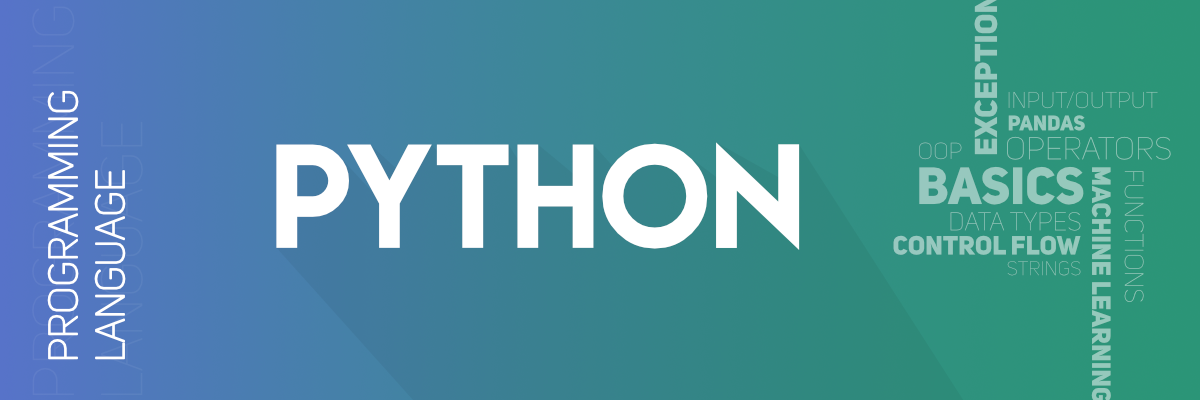Format specifiers in different Programming Languages
Last Updated :
01 Nov, 2023

In C language format specifiers are used to input and output. It is a way to tell the compiler what type of data is in a variable during taking input using scanf() or printing using printf(). Below are the some format specifiers in C:
- %d or %i: Integer Format Specifier
- %c: Character Format Specifier
- %f: Floating-Point Format Specifier.
- %s: String Format Specifier.
- %lf: Double Format Specifier.
- %e or %E: Floating-Point Format Specifier ( Exponential ).
In C programming, we use scanf() for formatted input, and printf() for formatted output, gets() or getchar() for unformatted input, and puts() or putchar() for unformatted output.
Below is the program to illustrate some format specifiers in C:
C
#include <stdio.h>
int main()
{
int N = 10;
double F = 42.152;
printf("%d \n", N);
printf("%e \n", F);
puts("Welcome to GeeksforGeeks!");
}
|
Output
10
4.215200e+01
Welcome to GeeksforGeeks!

As C++ is an extension of C Language but still we use input and output streams in order to format the input or output. Below are some input/output used in C++:
- Standard Input Stream(cin): In C++, cin is an object of istream. It takes input from the standard input device i.e., keyboard. cin is used along with an extraction operator (>>) in order to get or receive a stream of characters.
- Standard Output Stream(cout): In C++, cout is an object of ostream. It is used to print the output to standard output device i.e., Monitor. cout is used along with insertion operator(<<). If we use “endl” it will produce a newline character just like “\n” but it also has an additional behavior i.e., the output is to be physically written into a device if it wasn’t already. it affects the fully buffered streams but cout isn’t fully buffered so it is a good practice to use endl with cout.
- Unbuffered Standard Error Stream(cerr): In C++ cerr is an object of ostream. cerr is used along with insertion operator (<<). Unlike Buffered Output Unbuffered Output keeps writing the data to disk. In critical errors where there is a chance of system crash Buffered output isn’t preferred. But cerr is slow since it keeps on writing data into the disk.
- Buffered Standard Error Stream (clog): In C++ clog is used for logging purposes. It is an object of ostream. clog is used along with insertion operator (<<). In some cases, Buffered output is more efficient than unbuffered Output. Incase of Buffered output, all the output errors are stored in a variable and writes to disk all at a time.
Below is some Input/Output stream functions:
- setw() or width(): It is used to set the width to a given value. The output will be displayed in the given width.
- setprecision() or precision(): In float value, if we need to set a number of values to be printed after the decimal point.
- setiosflags(): It is used to set flags for formatting output.
- setfill() or fill(): It is used to fill in the blank space of a field.
- resetiosflags(): It is used to remove the flags that have been set.
Below is the program to illustrate some formatting streams in C++:
C++
#include <bits/stdc++.h>
using namespace std;
int main()
{
string str = "GeeksforGeeks!";
cout << str << endl;
float f = 12.4578452f;
cout << setprecision(4) << f << endl;
cout << hex << 42 << endl;
return 0;
}
|
Output
GeeksforGeeks!
12.46
2a

In Java, Formatting output can be done in 2 different ways:
- System.out.printf(): It takes multiple arguments unlike print() and println() as print() and println() takes single argument.
- System.out.format(): It is similar to printf(). Both printf() and format() belongs to PrintStream of java.io package. This printf() and format() are similar to printf() function in C, we can also use flags with format specifiers.
Below is the program to illustrate some format specifiers in Python:
Java
import java.util.Scanner;
import java.io.PrintStream;
public class Main {
public static void main(String[] args)
{
Scanner sc = new Scanner(System.in);
String name = "GeeksforGeeks";
int age = 5;
System.out.printf(
"Name: %s, Age: %d",
name, age);
System.out.println();
System.out.format(
"%nName: %s%nAge: %d%n",
name, age);
}
}
|
Output
Name: GeeksforGeeks, Age: 5
Name: GeeksforGeeks
Age: 5
Formatting in Python

Python is currently the most widely used multi-purpose, high-level programming language. It is a dynamic language and very easy for formatting. <a href=”https://www.geeksforgeeks.org/taking-input-in-python/”>input() function in python always returns a string, by converting them into our required datatype we can perform different operations.
- Unformatted Specifiers: The print() function in Python is used to print the arguments passed in this function. We can use sep parameter to print the passed arguments with a separator.
- Formatted Specifiers: For formatted Output, we use format() function in Python in print() function to format the output.
For String formatting, Python uses C-style string formatting to create new, formatted strings. The “%” operator is used to format a set of variables enclosed in a list, together with a format string, which contains normal text together with “argument specifiers”, special symbols like “%s” and “%d”.
Below is the program to illustrate some format specifiers in Python:
Python3
str = "GeeksforGeeks"
str1 = "Welcome to"
print("Welcome to GfG !")
print(str1, str, sep = ", ");
print("Welcome to % s !" % str);
name = "GfG"
age = 4
print("% s is % d years old." % (name, age))
print("Hey, Welcome to {}!".format(str, age))
|
Output
Welcome to GfG !
Welcome to, GeeksforGeeks
Welcome to GeeksforGeeks!
GfG is 4 years old.
Hey, Welcome to GeeksforGeeks!
Like Article
Suggest improvement
Share your thoughts in the comments
Please Login to comment...